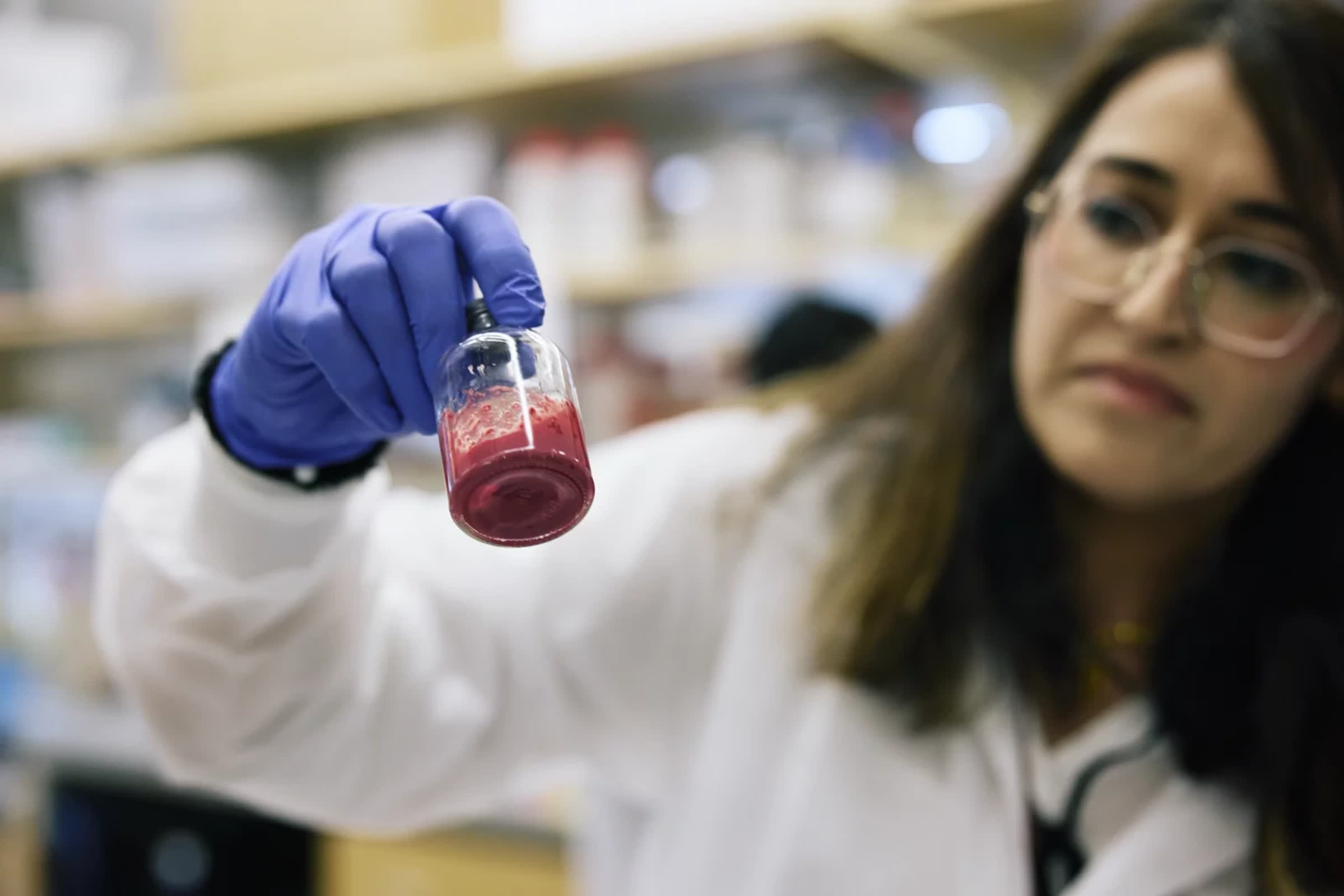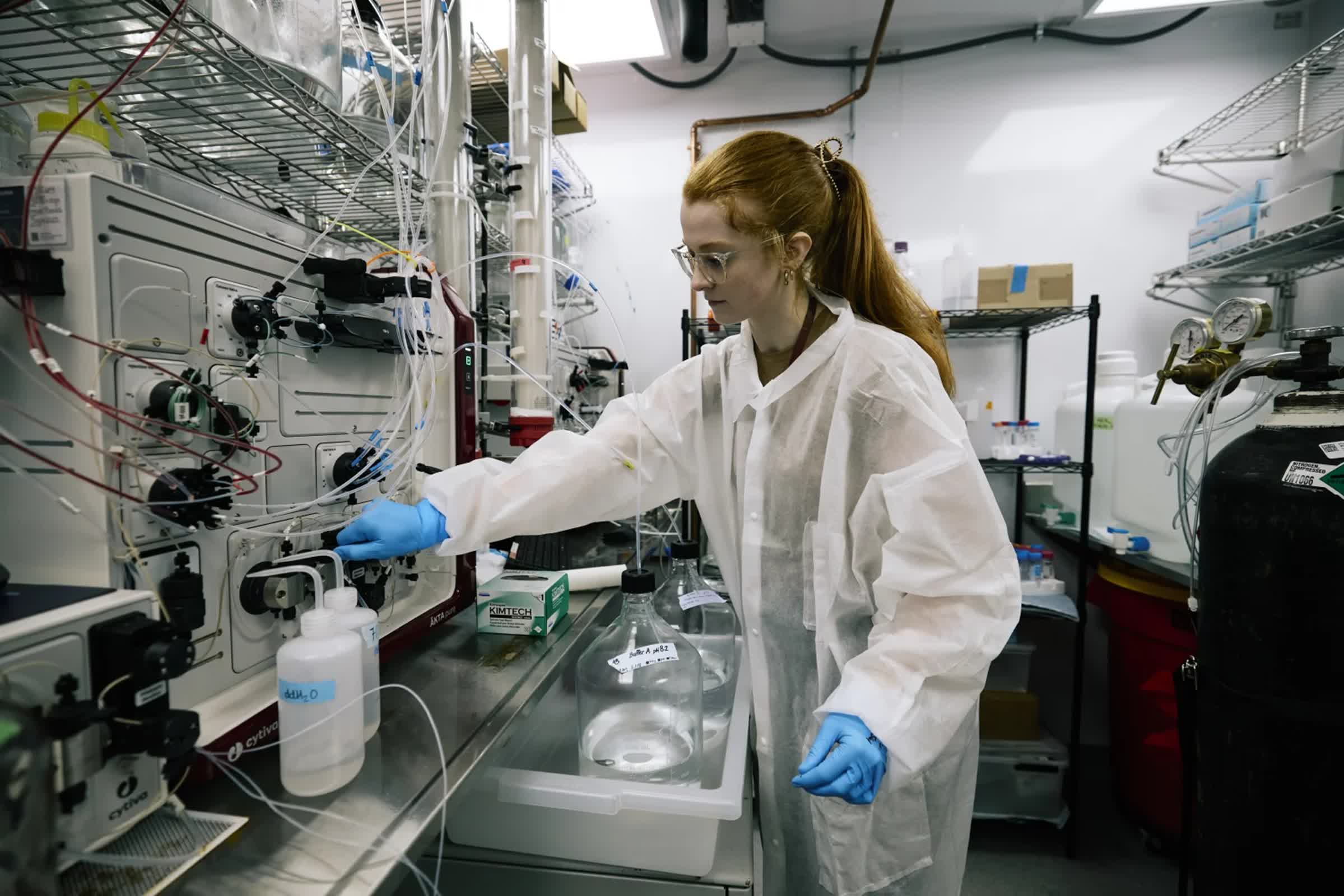Forward-looking: In a laboratory at the University of Maryland, a team of researchers is tackling one of emergency medicine's most persistent challenges: how to deliver life-saving blood transfusions to patients who are miles from the nearest hospital. Their experimental solution isn't stored in a refrigerator but in the form of a lightweight powder – raising hopes among scientists and military officials that trauma care could soon reach accident scenes and battlefields alike, where blood loss remains the leading cause of preventable death.
Inside a specialized intensive care unit for rabbits, Dr. Allan Doctor and his team simulate the trauma of severe blood loss. They drain a rabbit's blood to mimic the condition of a person who has suffered a serious accident or battlefield injury. "This rabbit is still in shock. You can see he's lying very still. It's as if he were at the scene of an accident," Doctor tells NPR. "If we didn't do anything, it would die."
Today, however, the rabbit receives an experimental transfusion of artificial blood. In the lab, a technician carefully lifts the animal and administers three syringes of the substance.
The synthetic blood is produced by extracting hemoglobin – the molecule responsible for carrying oxygen in the body – from expired blood. Researchers then enclose the hemoglobin in a protective layer of fat, essentially creating artificial red blood cells. "We have to veil the hemoglobin inside a cell. It's an artificial cell that makes it safe and effective," Doctor explains.
What sets this approach apart from past efforts is the protective shell around the hemoglobin, designed to prevent the toxicity that can occur when hemoglobin is left exposed. The team then freeze-dries the artificial blood into a powder that remains viable for years without refrigeration.
Doctor notes that the artificial blood can be stored long-term without spoiling and is easy to transport. When needed in an emergency, medics simply add water to reconstitute the powder, making blood ready for transfusion and allowing treatment to begin right at the scene of an accident.
The potential for this technology extends beyond civilian emergencies. The US Department of Defense is investing over $58 million in a consortium dedicated to the development of Doctor's synthetic blood, known as ErythroMer, along with other advances needed for transfusions in the field.
"The No. 1 cause of preventable death on the battlefield is hemorrhage still today," says Col. Jeremy Pamplin, a project manager at the Defense Advanced Research Projects Agency. "That's a real problem for the military and for the civilian world."
After receiving the three vials of synthetic blood, the rabbit's condition rapidly improves. Monitoring equipment shows a swift stabilization in vital signs, and the rabbit resumes normal behavior. Doctor points out that the rabbit's healthy pink color, including its eyes and ears, shows that oxygen is being delivered effectively throughout the body. "It's amazing how quickly it can work," he says.
Laboratory testing on hundreds of rabbits has suggested that the artificial blood is both safe and effective in restoring health after acute blood loss. Each animal used in the study is ultimately euthanized so researchers can examine tissue and organ health, ensuring the safety of the artificial blood.
While early results are promising, Doctor acknowledges that large-scale human trials have not yet begun. "I'm very hopeful," he says, though he must still prove safety and efficacy to the Food and Drug Administration.
The path forward remains challenging. While a research team in Japan is already testing a similar product in humans, skepticism persists among experts. "I think it's a reasonable approach," says Tim Estep, a scientific consultant in the field. "But because this field has been so challenging, the proof will be in the clinical trials… Placing a bet on any one technology right now is overall difficult."
Image credit: NPR
Researchers create artificial blood for on-the-spot use in accidents and combat


